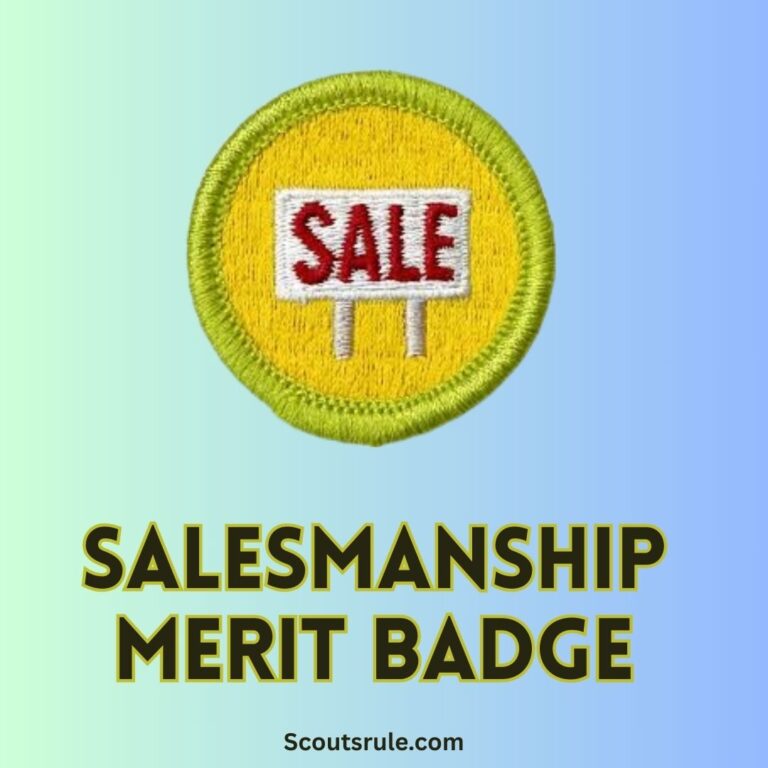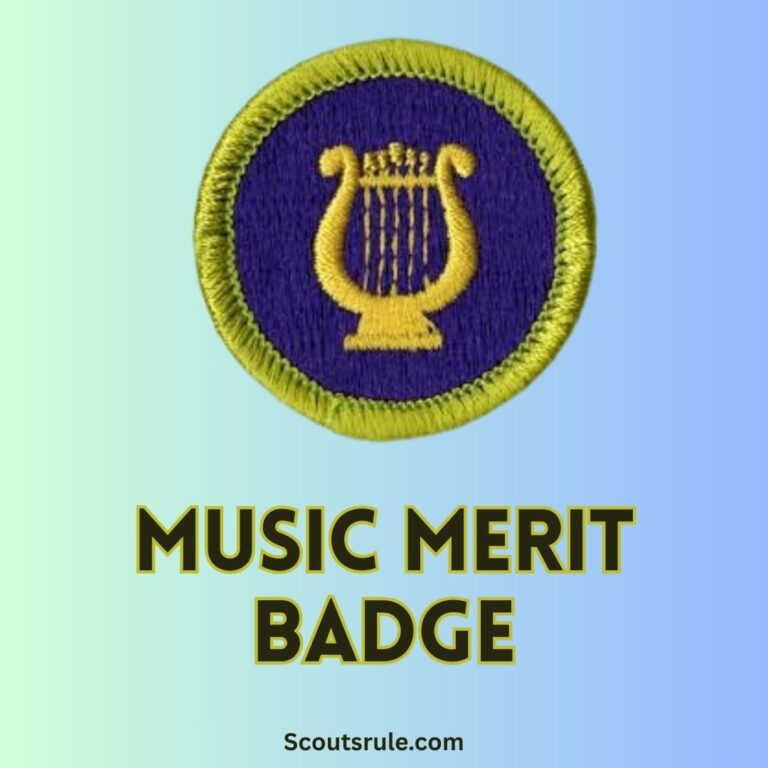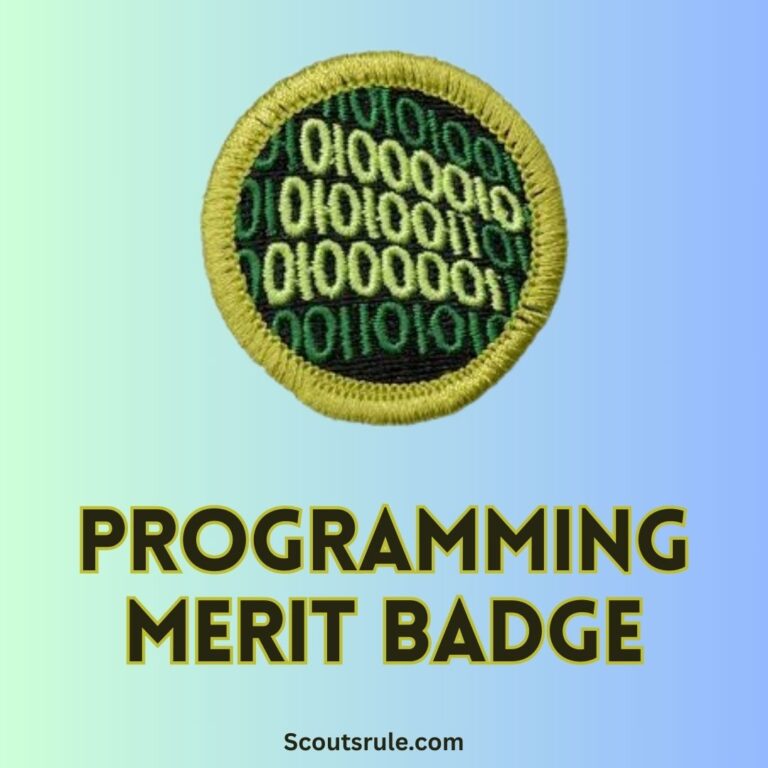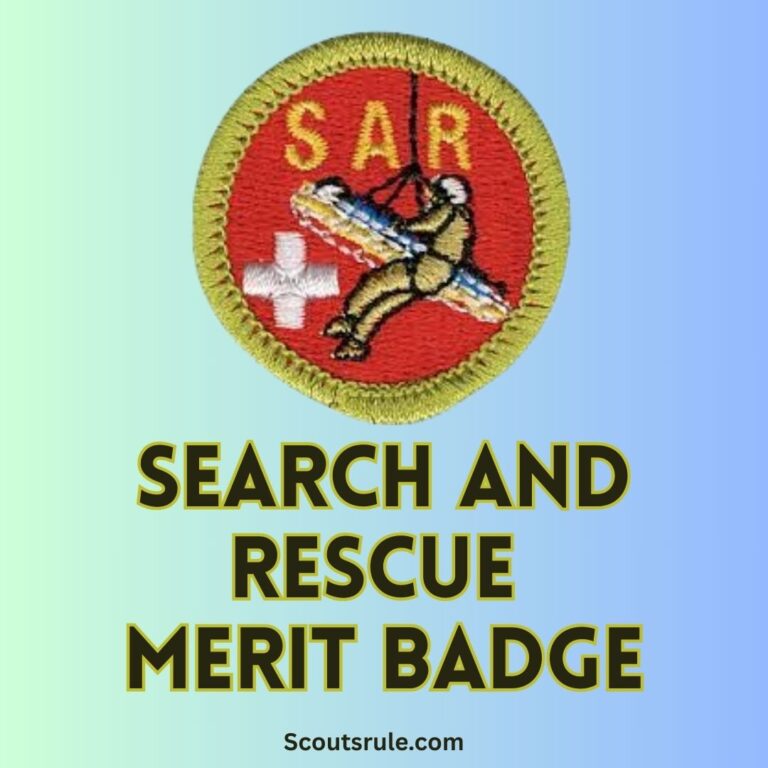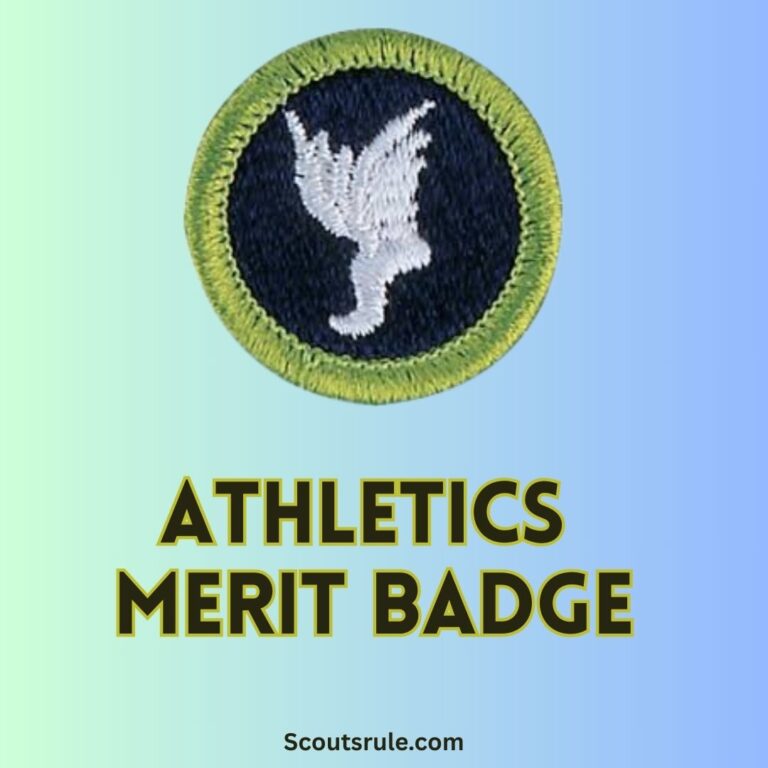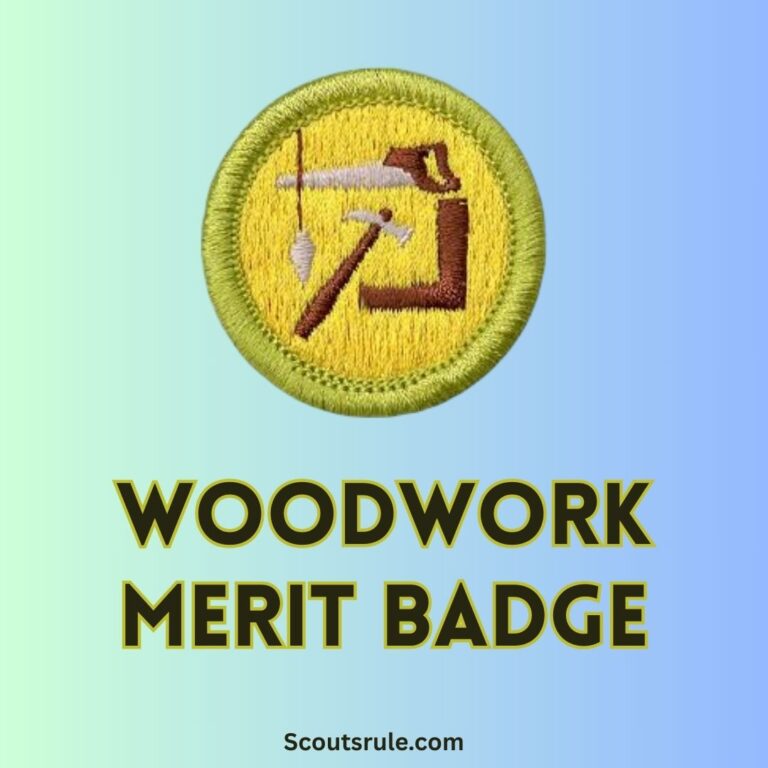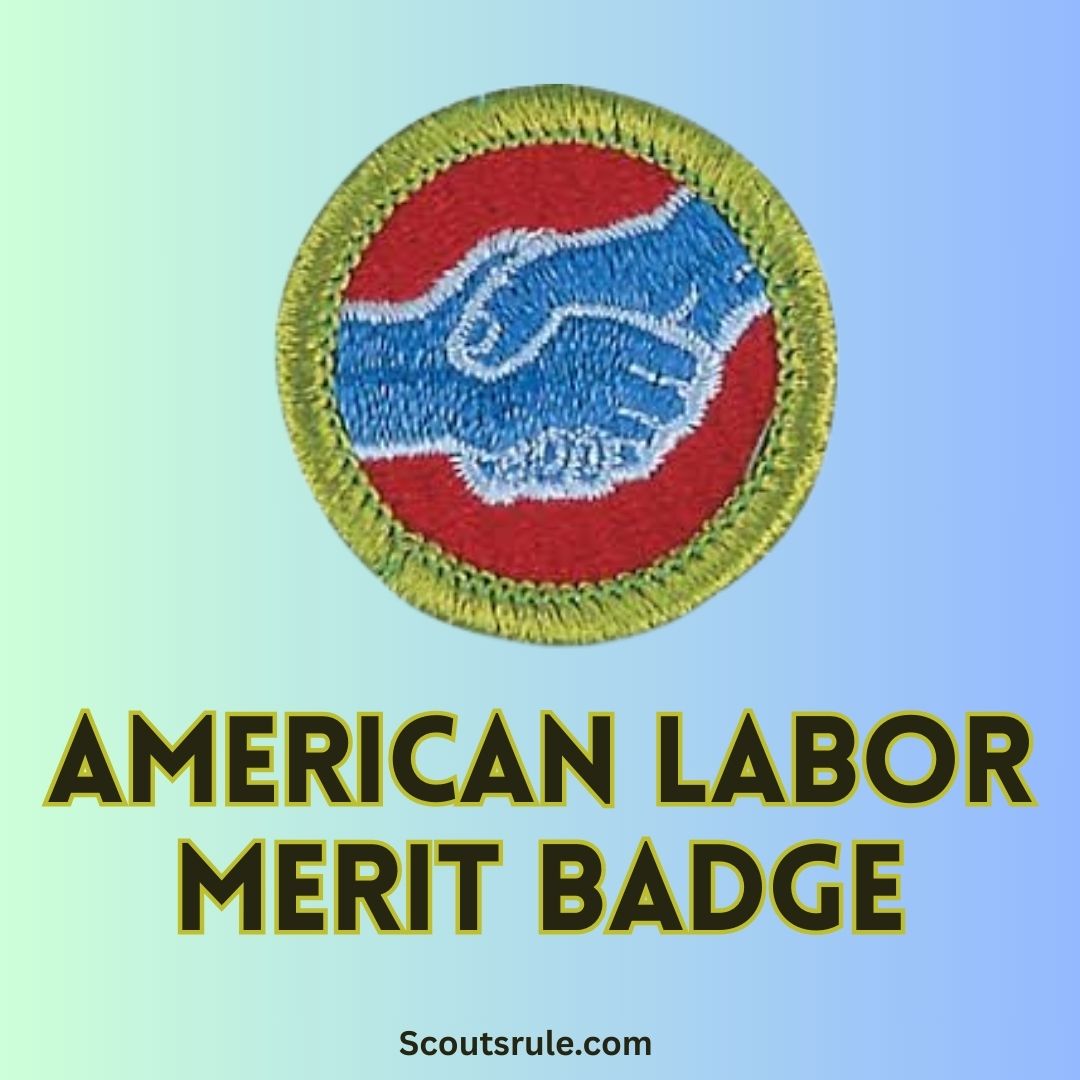
This guide is designed to help you understand the historical background of the American labor movement, explore work-related concerns affecting U.S. workers today, interact with local labor organizations, and introduce you to the legal, economic, and social aspects of work. Whether you are already interested in labor, considering a future career in public policy or law, or simply want to broaden your understanding of the forces that shape the American workplace, this guide will walk you through each requirement step by step. It includes practical project ideas, discussion points, and tips on how to document your progress for your merit badge counselor.
Post Contents
- Introduction: The Importance of American Labor
- 2. Historical Background and Significance
- 3. Purpose and Objectives of the Merit Badge
- 4. Overview of the Merit Badge Requirements
- 4.1 Requirement 1: Learning About Working People and Their Concerns
- 4.2 Requirement 2: Visiting a Local Labor Organization
- 4.3 Requirement 3: Exploring the Effects of Globalization
- 4.4 Requirement 4: Understanding Labor from Various Perspectives
- 4.5 Requirement 5: Examining Rights and Responsibilities
- 4.6 Requirement 6: Analyzing the Effects of Globalization in Detail
- 4.7 Additional Requirements and Options
- 5. Preparing Your Materials and Documentation
- 6. Practical Tips and Resources
- Conclusion: Becoming an Informed Citizen in a Changing Workforce
Introduction: The Importance of American Labor
Imagine a society where workers’ rights are protected, working conditions are safe, and fair wages are promised. The labor force plays an essential role in shaping the economic, social, and cultural aspects of a nation. In the United States, the labor movement has been instrumental in establishing worker protections, fair employment practices, and workplace safety standards that many of us now take for granted. By earning the American Labor Merit Badge, you’re not only learning about policies and historical events—you’re gaining a deeper understanding of the rights and responsibilities of workers and employers alike. This exploration also helps you appreciate the struggles and triumphs of the working class, whose contributions drive the economy and influence public policy.
2. Historical Background and Significance
The history of labor in America is rich and complex. Over the centuries, workers have organized, protested, and negotiated to secure rights that ensure fair treatment, safe working conditions, and the ability to earn a livable wage. Key events in American labor history include:
- The Rise of Trade Unions: In the late 19th and early 20th centuries, labor unions emerged to protect workers from exploitation. Unions fought for better wages, reasonable hours, and safer workplaces. Notable events such as the Pullman Strike and the formation of the American Federation of Labor (AFL) were instrumental in shaping labor policy.
- Legislative Milestones: Laws such as the Fair Labor Standards Act (FLSA) established minimum wages and overtime pay, while the Occupational Safety and Health Act (OSHA) set standards for workplace safety. These legal frameworks have continued to evolve as new challenges emerge.
- Globalization and Change: In recent decades, globalization, advances in technology, and the rise of a global economy have challenged traditional work structures. Automation, outsourcing, and the gig economy have altered the landscape of American work and raised new concerns about job security and benefits for workers.
Understanding this history provides the context for why we have the laws and protections in place today. It also offers insight into the ongoing challenges that workers face, which are central to the merit badge requirements.
3. Purpose and Objectives of the Merit Badge
The American Labor Merit Badge is designed to achieve several key objectives:
- Educational Growth: To teach you about the history of the labor movement, the evolution of working conditions, and the role of labor rights in shaping American society.
- Critical Analysis: To help you research, analyze, and understand the concerns of working people, and to consider how these concerns affect the economy and social policy.
- Practical Engagement: To engage you in activities that involve direct interaction with local labor organizations, so you can gauge firsthand what issues are considered most pressing by workers and union representatives.
- Civic Awareness: To foster a sense of civic responsibility and encourage you to become an informed citizen who understands the dynamics between labor and management, as well as the importance of worker protections in a modern economy.
- Career Exploration: To expose you to potential career paths and leadership opportunities within the fields of law, public policy, labor relations, and economics.
These objectives not only help you complete the badge requirements but also equip you with critical skills for the future.
4. Overview of the Merit Badge Requirements
While the official wording of the requirements should be consulted in the current BSA literature, this guide covers the general scope of topics typically involved in the American Labor Merit Badge. The main components often include:
- Learning About Working People: You will research and list at least eight work-related concerns affecting American workers. These concerns might include working conditions, workplace safety, wage issues, job security, equal-opportunity employment and discrimination, long work hours, automation replacing workers, layoffs, outsourcing, and employee benefits like health care, child care, profit sharing, continuing education, and retirement benefits.
- Visiting or Communicating with a Local Labor Organization: With parental and counselor approval, you will visit, attend a meeting, or contact via the Internet a local union, central labor council, or employee organization. During this interaction, you must find out what the organization does and share your list of issues with them. Ask which issues are of greatest interest or concern to them and discover why.
- Understanding the Impact of Globalization: You may also be required to analyze how globalization affects the U.S. workforce—discussing changes such as automation, outsourcing, and the integration of a global labor market. This research helps show how domestic labor concerns are influenced by international economic trends.
- Comparing Perspectives on Labor Relations: Another component is to document the differences between the workers’ perspective and management’s perspective. This might include discussions on basic rights and responsibilities, as well as the challenges encountered by both sides in today’s workplace.
- Discussing Consumer and Seller Protection Laws: Consumer protection is intertwined with labor. You may be asked to discuss how legal frameworks protect both workers and consumers, emphasizing the balance between business interests and individual rights.
Additional requirements may include exploring the effects of specific legal policies or economic changes on American work, and a final written or spoken report summarizing your findings.
Each requirement is designed to ensure that you not only gather theoretical knowledge but also learn to analyze the real-world impact of labor issues on society.
4.1 Requirement 1: Learning About Working People and Their Concerns
For this initial requirement, you are tasked with researching the concerns of working people in America. Here’s how you can approach it:
- List at Least Eight Concerns: Use library resources, newspapers, scholarly articles, and reputable websites such as government labor departments to compile a list. Example concerns include:
- Working Conditions: The physical environment at work, including safety hazards and cleanliness.
- Workplace Safety: Measures to protect workers and prevent injuries.
- Wages: Fair compensation and issues related to minimum wage, overtime, etc.
- Job Security: The stability of employment, especially during economic downturns.
- Equal Opportunity and Discrimination: Ensuring that all workers have access to fair treatment regardless of race, gender, or other factors.
- Automation and Technology: How machines and software are replacing traditional jobs.
- Unemployment and Layoffs: The effects of downsizing and outsourcing on workers’ livelihoods.
- Employee Benefits: Health care, child care, retirement plans, and other forms of social security provided by employers.
- Describe Each Concern Briefly: For every item on your list, write a summary that explains what the issue is, who it affects, and why it is significant. Use real examples or news stories to illustrate your points.
- Personal Reflection: Reflect on which of these concerns you believe has the most profound impact on American society and why. This reflection might later form part of your final report or presentation.
Make sure to document your sources properly; this practice not only strengthens your research but also adds credibility to your final submission.
4.2 Requirement 2: Visiting a Local Labor Organization
This requirement is designed to help you connect with the real-world world of labor organizations.
- Choose an Organization: With the required approvals, locate a local union, central labor council, or an employee organization. Some organizations might include workers’ unions representing specific industries (such as auto, construction, or public service) or broader employee advocacy groups.
- Prepare a List of Questions: Ask the following questions:
- What does your organization do?
- Which labor-related issues are most important to your members?
- How do you view the effects of globalization or technological changes on the workforce?
- What are the greatest challenges your organization faces today?
- Interview and Document: Record the conversation via written notes or recordings (as allowed). Prepare a summary of your findings, comparing them with the concerns you researched in Requirement 1. Explain which issues are most significant to the organization and give reasons for their perspectives.
This visit not only provides firsthand experience but also strengthens your understanding of how theory translates into practice.
4.3 Requirement 3: Exploring the Effects of Globalization
Globalization is a transformational factor in modern American labor.
- Research Globalization’s Impact: Investigate how globalization has led to factors such as outsourcing, automation, lower domestic wages, and increased competition from international markets. Use reputable sources such as government publications, economic journals, and news outlets.
- Document Its Effects: In your research, identify at least two significant effects on the U.S. workforce. For example, note how automation might reduce the number of traditional manufacturing jobs, or how outsourcing leads to changes in job security and employee benefits.
- Write a Brief Report: Based on your research, write a report summarizing how globalization is affecting American workers today. This report should include real-world examples from recent economic trends, interviews with labor experts, or case studies from local industries.
This requirement helps you understand that labor is not purely a domestic issue—it is also affected by global forces and international markets.
4.4 Requirement 4: Understanding Labor from Various Perspectives
It is essential to appreciate the intricate relationship between labor (employees) and management (employers).
- Management’s Perspective: Research and document what management looks for in their workforce, such as efficiency, cost control, and productivity enhancements. Investigate how businesses respond to labor concerns and what measures they take to remain competitive.
- Employee’s Perspective: Compare this with the working conditions and benefits that employees seek, such as fair pay, safe working environments, and opportunities for advancement. Use surveys or interviews with your peers or community members to gather a range of opinions.
- Comparative Analysis: Write a report that contrasts these two points of view. Be sure to discuss areas where the interests of employees and management coincide (or conflict), and suggest how balanced solutions might be found.
4.5 Requirement 5: Examining Rights and Responsibilities
An integral part of labor relations is knowing the basic rights and responsibilities of both employers and employees.
- Workplace Laws and Regulations: Research important laws (e.g., labor standards, anti-discrimination laws, workplace safety regulations) that protect workers and define employer responsibilities.
- Interview or Research Reports: Supplement this with interviews or case studies. Ask local experts about how these laws are enforced and what challenges exist in maintaining fair labor practices.
- Write a Summary: Your summary should include an explanation of why these rights and responsibilities are important, especially in a changing economic climate influenced by globalization and technological innovation.
4.6 Requirement 6: Analyzing the Effects of Globalization in Detail
Using your research from Requirement 3, deepen your analysis with specific examples of how globalization has transformed the U.S. workforce.
- Case Studies: Identify local or national industries that have been impacted by globalization. Research how automation has altered production lines or how outsourcing has led to job displacement.
- Discussion: Document your findings and discuss the broader implications for workers. Consider writing in your journal or preparing slides that visually connect global trends with local market changes.
- Personal Reflection: Reflect on how these changes might affect your own future choices or career plans, linking theory to personal perspective.
4.7 Additional Requirements and Options
Some merit badge requirements may offer additional or alternative topics for study. Check the official pamphlet for any supplementary requirements such as:
- Consumer and Seller Protection Laws: How do these laws intersect with labor issues? What role do they play in ensuring fairness in the workplace and the marketplace?
- Miscellaneous Topics: There may be discussions on employee benefits or the role of public policy in supporting a fair labor market. If included, use the same rigorous research and documentation methods described above.
5. Preparing Your Materials and Documentation
The documentation of your progress is key to achieving the American Labor Merit Badge. Here are tips for keeping your records organized:
- Maintain a Research Notebook: Record your notes from interviews, document your research sources, and summarize key findings from websites, books, and articles.
- Create a Portfolio: Include copies of your lists, your written reports (at least 200–250 words for each relevant section), and any photographs or recordings of your visits to labor organizations.
- Organize Your Work by Requirement: Clearly label sections of your portfolio. Use a table of contents so your merit badge counselor can easily verify that each requirement has been met.
- Reflect on Your Learning: Write personal reflections on how your perspectives have shifted and what you have learned about the importance of labor in American society. This reflective component is essential to demonstrating your responsible citizenship and deep engagement with the subject.
6. Practical Tips and Resources
Practical Tips
- Use a Variety of Sources: Ensure your research comes from reputable books, government websites (such as the U.S. Department of Labor), academic journals, and credible news sources. Never rely solely on a single source for your information.
- Be Organized: Keep all your records neat and organized. Use digital tools (like spreadsheets or document scanning apps) to preserve your work in case physical documents are lost or damaged.
- Engage Locally: Try to speak with people in your community who are involved in labor unions or employee organizations. Live interviews and field visits offer invaluable insight that cannot be obtained solely through reading.
- Ask for Feedback: Regularly discuss your progress with your merit badge counselor. Constructive feedback will help you better refine your research and presentation.
- Think Critically: Reflect not only on the facts but also on their implications. How do these labor issues affect everyday life? In what ways might changes in the economy impact future job prospects?
Resources
- Official BSA Materials: Begin with the American Labor Merit Badge pamphlet available on the Boy Scouts of America website. This document provides the official requirements.
- Online Guides: Websites such as Scoutles.com and ScouterMom.com have comprehensive guides and sample answers that can clarify complex topics.
- Government Websites: The U.S. Department of Labor and the Bureau of Labor Statistics offer credible data and reports on working conditions, wages, and labor trends.
- Local Libraries and Universities: Look for books and articles on labor history and labor economics, especially those that focus on the evolution of the workforce in the United States.
- Interviews and Field Visits: If possible, record your interviews with local union representatives or labor experts. Audio or video recordings (with permission) can enhance your documentation and strengthen your portfolio.
Conclusion: Becoming an Informed Citizen in a Changing Workforce
Earning the American Labor Merit Badge is far more than an academic exercise—it is a journey into understanding the forces that shape our society. Through researching work-related concerns, engaging directly with those who represent labor interests, and analyzing the effects of globalization and technological change on the American workforce, you gain insights into the real-life challenges and triumphs of millions of workers.
The badge challenges you to consider how policies, rights, and responsibilities interact to form a dynamic marketplace that is fundamental to the nation’s success. Your work helps build a foundation not only for understanding labor issues but also for developing the critical thinking, communication, and civic engagement skills necessary to contribute meaningfully to society.
As you record your findings and reflect upon your experiences, you become a more informed citizen—one who understands the critical importance of balanced, fair labor practices and the role they play in maintaining an economy that works for everyone. In doing so, you also honor the legacy of workers and unions who fought hard for the benefits and protections we value today.
May this badge inspire you to continue learning, to ask hard questions about the evolving landscape of work, and to engage with local and national conversations about labor. Whether you dream of a career in law, public policy, management, or any other field impacted by labor issues, the knowledge and skills you develop through this merit badge will be invaluable throughout your life.
Embrace the challenge, take pride in your research, and let your newfound understanding of American labor empower you to help build a more equitable and prosperous society.
Happy exploring—and may your journey through the American Labor Merit Badge instill in you a lifelong commitment to fairness, critical inquiry, and civic purpose!

Hi, Robin here, A former lead Scout and here I share my inspiring stories about USA Scouts, leadership, adventure, how to guides and more.

